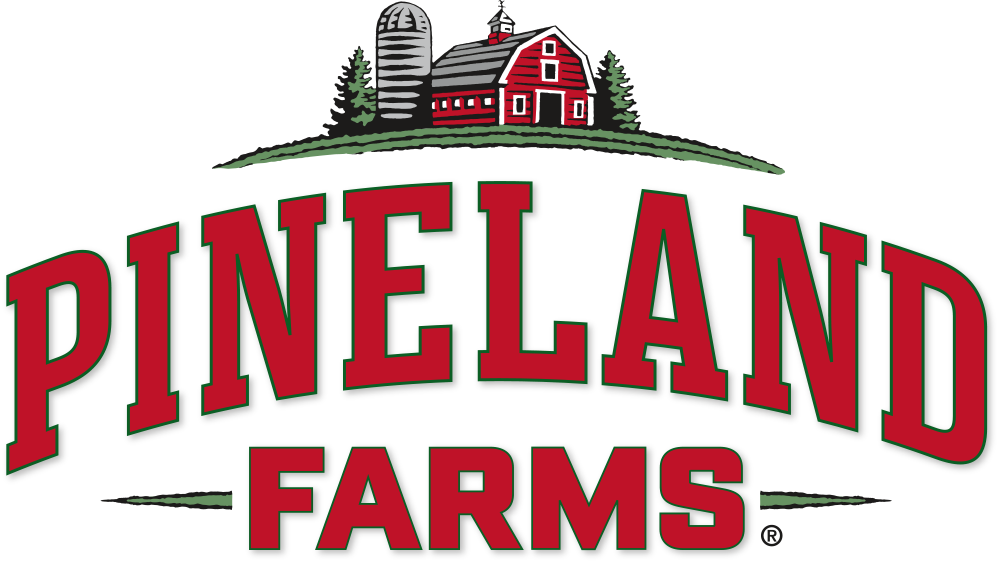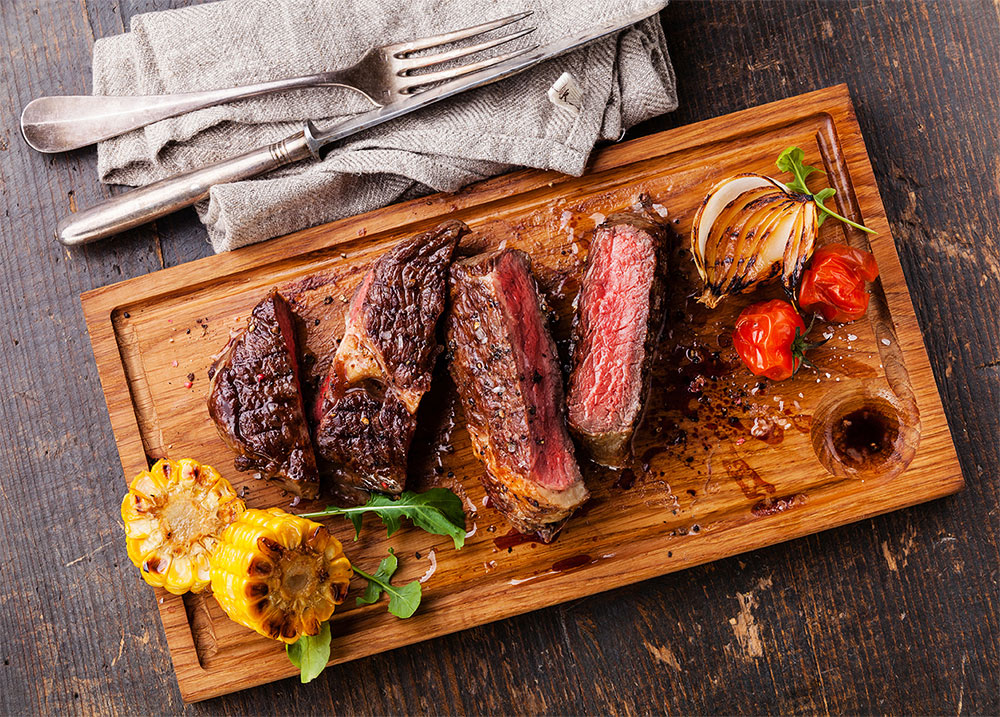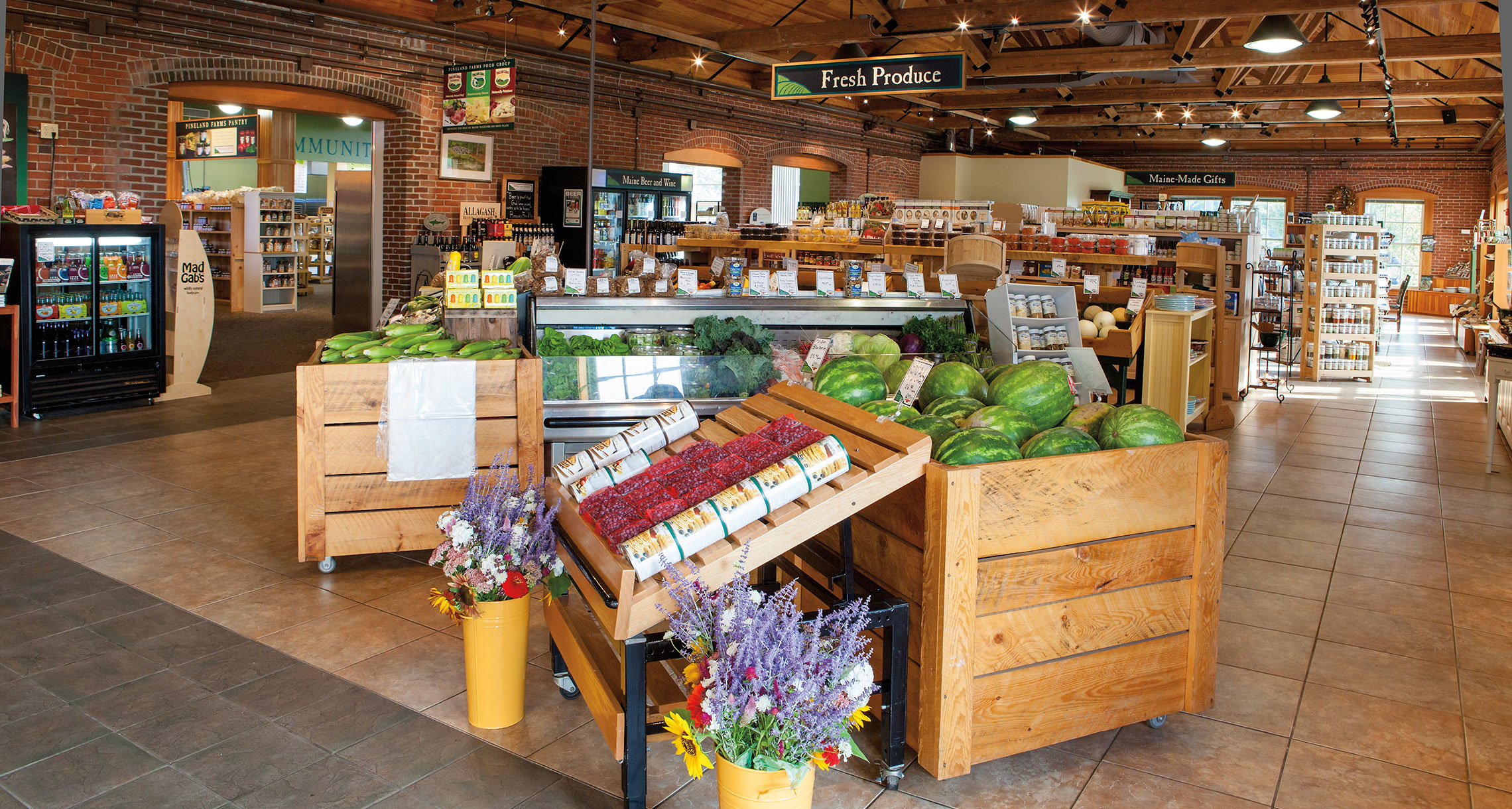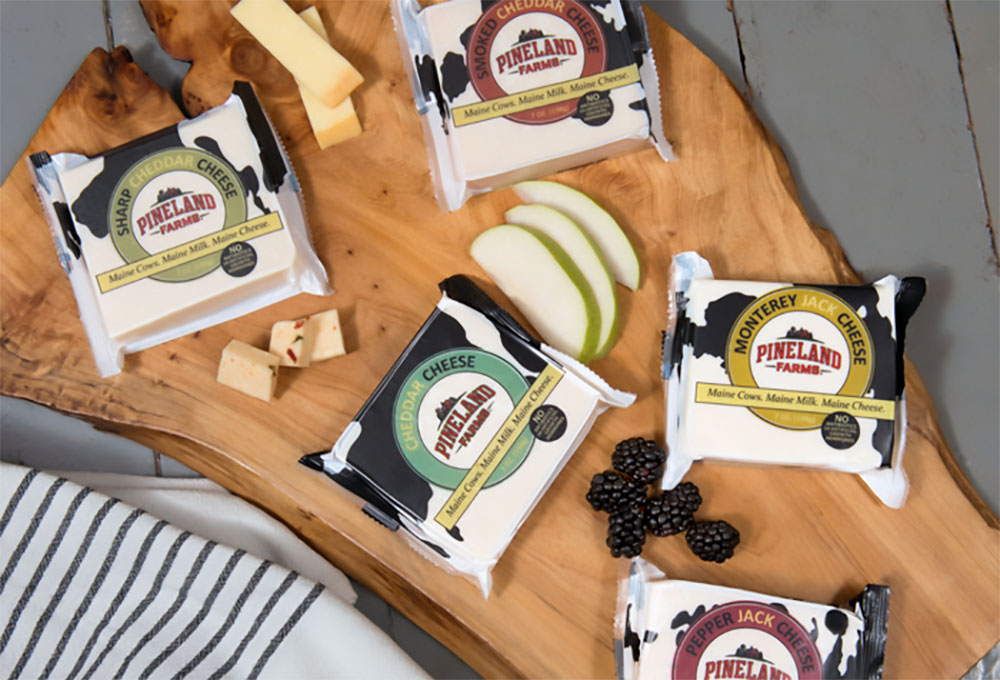Fiddleheads: Foraging & Cooking an Early Spring Delicacy
Fiddleheads are an early spring delicacy here in Maine. Fiddleheads are the young coiled fronds of the Ostrich Fern (Matteuccia struthiopteris) plant. While nearly all ferns have fiddleheads, not all are edible so it’s important to know how to properly identify which ones are safe to eat from those that should be left alone.
Fiddleheads can be described as having a woodsy-sweet taste similar to asparagus, with the snap of a green bean, mixed in with a little broccoli and spinach. Sounds pretty good, right?
If you’re new to foraging and are looking for a great, all-around introductory experience consider joining us during our annual Fiddlehead Foraging program where you’ll learn how to find and sustainably harvest your very own. Fiddlehead Foraging begins May 5th and lasts just 2 weeks before the season is over.
Register here as there is limited capacity.
Identifying Ostrich Fern Fiddleheads
Ostrich Fern fiddleheads can be identified by the brown, papery scale-like covering on the uncoiled fern. They measure about 1 inch across, have a smooth fern stem and a deep ”u”-shaped groove on the inside of the fern stem. Look for ferns with emerging clusters of about 3 to 12 fiddleheads per plant.
Here in Maine, Ostrich Ferns can be found along the banks of rivers, streams, brooks and in the woods in late April, May and early June. Because they need to be picked before they unfurl into the large fronds of the fern, the fiddlehead picking season is short (only about 4 to 6 weeks long!) so be sure not to snooze on this long-standing Maine tradition.
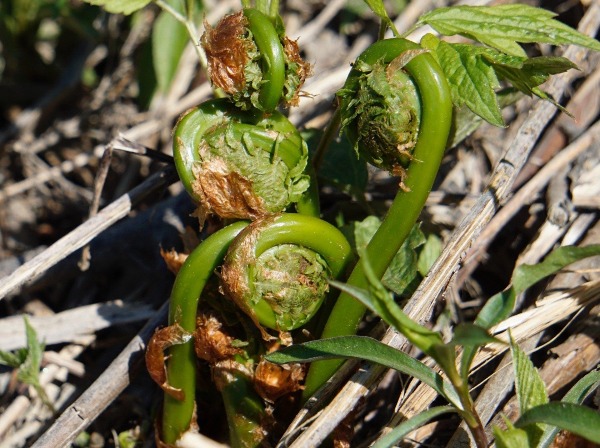
Fiddlehead Harvesting Tips
- They are best to harvest when they are about 2 to 6 inches tall.
- Harvest a portion of the stem and while the fiddlehead is still tightly curled.
- Only harvest from plants with at least 4 fiddleheads (plants with one or two fiddleheads signal a newly established fern and therefore should be allowed to mature so it can sustain picking).
- As a rule, be sure to leave a few fiddleheads per clump so they can mature and reproduce.
- Harvest by gently snapping them off with your hand or cutting them off with a knife, taking care not to damage the remaining fiddleheads.
How to Clean Fiddleheads
- Place fiddleheads in a colander and thoroughly rinse with clean, cool potable water.
- Fully remove the papery brown scales by gently rubbing them while submerging them in clean, cool water followed by another rinsing.
- It will take a few rounds of rinsing and soaking until they are fully clean; be sure the water runs clean before calling it good.
Make sure to refrigerate your cleaned harvest until you are ready to cook or preserve them. They should be eaten or preserved within one week of harvesting.
How to Prepare and Cook Fiddleheads
There are only two safe ways to cook and consume fiddleheads – steaming and boiling. They can be sautéed, stir-fried and incorporated in recipes but they should be boiled or steamed before using in any other cooking method.
Boiling:
Bring lightly salted water to a boil and add clean fiddleheads. The water should fully cover the fiddleheads without them being packed too tightly in the pot. Bring the water to a steady, rolling boil and boil for 15 minutes.
Steaming:
Bring a small amount of water to a boil under your vegetable steamer of choice in a saucepan. Add clean fiddleheads, cover the steamer and saucepan with a lid and steam for about 12 minutes.
After you have boiled or steamed your fiddleheads, they are now safe for eating. They can be eaten right away tossed with a little butter or olive oil and your favorite seasonings, or they can be chilled to serve with a vinegar-based dressing and onion for a cold salad.
Interested in some more fiddlehead recipes? Check out this wonderful resource from The University of Maine where they cover everything from freezing to canning to pickling.
